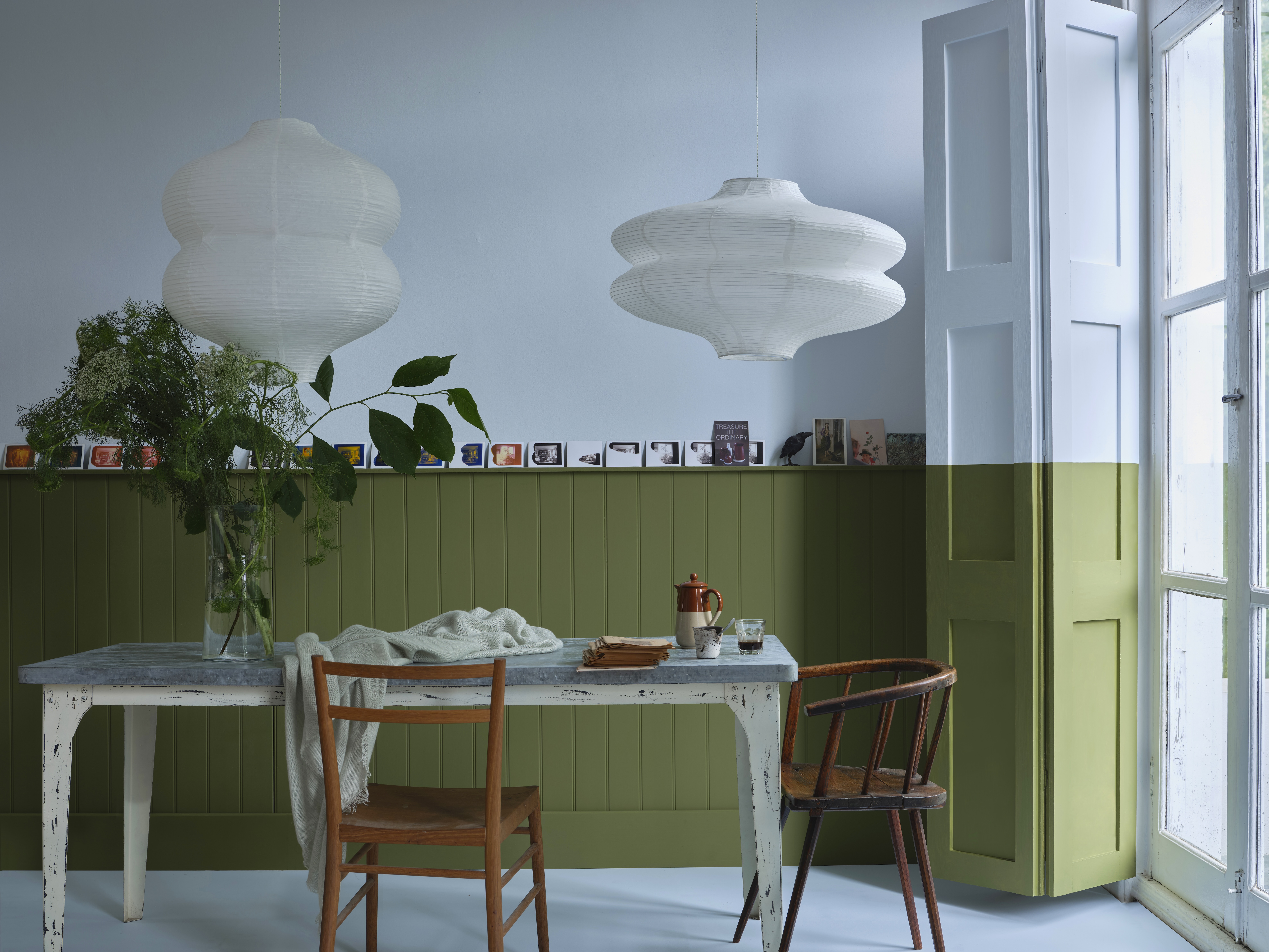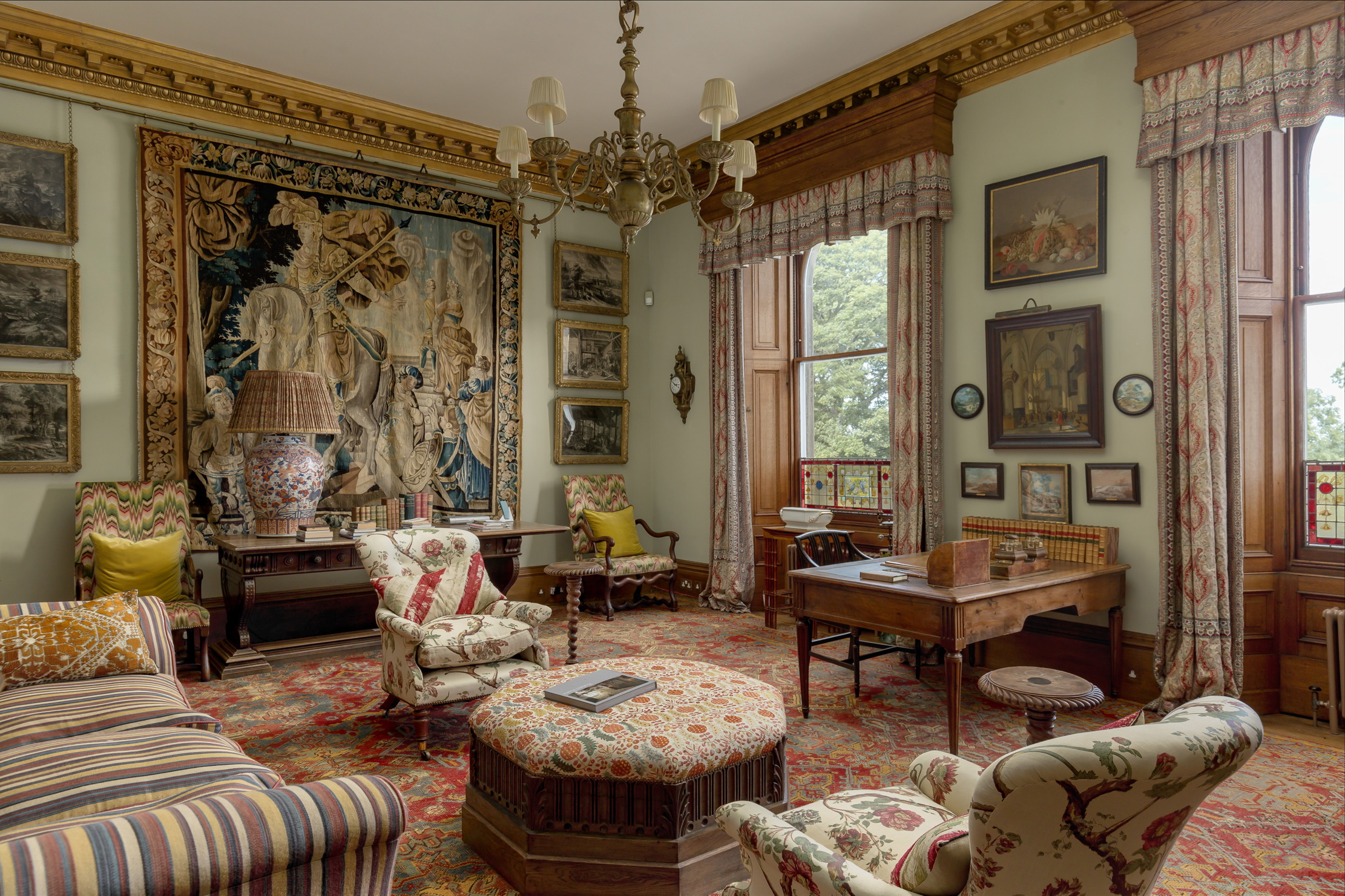The five trends shaping the housing market today
Six months ago, the fiasco of the government's economic policy send the property market spinning — and both confidence and expectations plummeted. But things definitely look better today, says Annabel Dixon, as she identifies the key trends being seen in housing market today.


Cast your mind back to the end of last year (if you dare). The housing market was grappling with some pretty big economic and political headwinds. It effectively shut down three months early for Christmas, points out Tom Bill, head of UK residential research at Knight Frank.
But we’re now a few months into the new year, and while the various ways of measuring property prices don't always agree, there is one clear message: the housing market is in much better shape than many expected it would be. Things might not be great, but at least they're more stable and predictable right now: 'The crucial thing is that people now know where they are, which wasn’t the case at the end of last year,' as one of our experts told us.
That's not to say that there aren't problems. The partial reversal of the 'race for space' prompted by the pandemic is throwing up some anomalies, and compared to salaries, house prices are higher than at any time since the 19th century.
So with the first four months of 2023 behind us, it's time to take stock and look at the five trends shaping the housing market right now.
1. The gap between buyers and sellers is widening
One result of the property market indices contradicting each other is that people tend to cherry pick evidence to support what they'd like to believe. And thus, the gap between buyer and seller expectations is born — and in prime areas it's widening, according to Savills. Unsurprisingly, buyer budgets have been cut against a backdrop of market uncertainty, higher mortgage rates and an increasing cost of living. Yet sellers have been ‘somewhat less likely’ to lower their prices, the estate agent reports.
This chimes with buying agency Recoco Property Search, which claims many homeowners are still setting prices based on the soaring buyer demand seen during the Covid-19 pandemic.
Founder Nigel Bishop explains: ‘Where there have been motivated sellers, we have been able to negotiate a reduction in the asking price and we are expecting more sellers to be open to price negotiations over the next few months.’
Sign up for the Country Life Newsletter
Exquisite houses, the beauty of Nature, and how to get the most from your life, straight to your inbox.
Zoopla’s research shows that in the wider mainstream market, sellers are knocking an average 4%, or £14,000, off the asking price to secure a sale.
2. The supply and demand balance is easing in the property market
The mismatch between buyer demand and the supply of homes for sale is easing. Yes, there are 65% more properties on the market than a year ago, according to Zoopla. The average estate agent now has 25 homes on their books compared with 14 this time last year.
In prime areas, the number of £1m-plus homes put up for sale so far this year is 8.9% higher than the first nine months of 2022, according to TwentyCi, quoted by Savills.
Meanwhile, buyer interest continues, with demand in the wider mainstream market now 16% higher than this time in 2019, Zoopla says.
‘The housing market is arguably more balanced than it has been for more than three years,’ explains Richard Donnell, executive director at Zoopla. ‘Levels of supply have recovered and buyers and sellers are not miles apart on where they see pricing and this means deals are being agreed at an increasing rate.’
3. First-time buyers are 'becoming a dominant force' in the market
Aspiring homeowners are becoming a dominant force, with a record 27.1% of properties snapped up by first-time buyers so far this year, according to Hamptons. It’s the biggest share since the estate agent’s data began in 2009.
Why? Well, sky-high rental costs are one problem — as Country Life's Rosie Paterson found when flat-hunting recently — but there's also the added spectre of 'stagflation': very high inflation coupled with weak economic growth in the UK.
‘Strong rental growth and wider inflation is eroding many renters’ ability to save, meaning those with the funds are choosing to buy now rather than waiting to save up a bigger deposit to afford the home they potentially could have bought last year,’ Hamptons explains.
In the face of higher costs, aspiring homeowners are cutting their cloth accordingly. The average first-time buyer has cut their budget by nearly £12,000 compared with last year. And they have bought property with an average 2.4 bedrooms, the smallest home since 2010.
4. The number of older sellers is rising
At the other end of the spectrum, there’s been an increase in older homeowners selling up for the first time in decades, Hamptons found. Almost a third of sellers who have hoisted a ‘For sale’ sign in 2023 bought their home at least 20 years ago. The figure’s up from 27% in 2022.
The shift is particularly interesting since these numbers don’t change quickly, Hamptons added.
5. Buyers focus on value
Buyers are eyeing homes in areas that offer better value for money, according to Zoopla. There was a 5% rise in the share of sales at the lower end of the housing market last month and a 4% drop at the top end.
There’s a whole host of reasons why lower-value areas are faring better than anticipated, says Knight Frank.
The firm’s head of country business, James Cleland, explains: ‘The bottom line is that buyers appear to have got their heads around where rates are. All the normal drivers such as employment and schools are still relevant, but the crucial thing is that people now know where they are, which wasn’t the case at the end of last year.’

Credit: Strutt and Parker
Best country houses for sale this week
An irresistible West Country cottage and a magnificent Cumbrian country house make our pick of the finest country houses for
-
 Some of the finest landscapes in the North of England with a 12-bedroom home attached
Some of the finest landscapes in the North of England with a 12-bedroom home attachedUpper House in Derbyshire shows why the Kinder landscape was worth fighting for.
By James Fisher Published
-
 John Sutcliffe — The man, the myth and the paint-naming legend behind Dead Salmon and Elephant's Breath
John Sutcliffe — The man, the myth and the paint-naming legend behind Dead Salmon and Elephant's BreathBy Carla Passino Published
-
 Some of the finest landscapes in the North of England with a 12-bedroom home attached
Some of the finest landscapes in the North of England with a 12-bedroom home attachedUpper House in Derbyshire shows why the Kinder landscape was worth fighting for.
By James Fisher Published
-
 Could Gruber's Antiques from Paddington 2 be your new Notting Hill home?
Could Gruber's Antiques from Paddington 2 be your new Notting Hill home?It was the home of Mr Gruber and his antiques in the film, but in the real world, Alice's Antiques could be yours.
By James Fisher Published
-
 What should 1.5 million new homes look like?
What should 1.5 million new homes look like?The King's recent visit to Nansledan with the Prime Minister gives us a clue as to Labour's plans, but what are the benefits of traditional architecture? And can they solve a housing crisis?
By Lucy Denton Published
-
 Welcome to the modern party barn, where disco balls are 'non-negotiable'
Welcome to the modern party barn, where disco balls are 'non-negotiable'A party barn is the ultimate good-time utopia, devoid of the toil of a home gym or the practicalities of a home office. Modern efforts are a world away from the draughty, hay-bales-and-a-hi-fi set-up of yesteryear.
By Madeleine Silver Published
-
 Five beautiful homes, from a barn conversion to an island treasure, as seen in Country Life
Five beautiful homes, from a barn conversion to an island treasure, as seen in Country LifeOur pick of the best homes to come to the market via Country Life in recent days include a wonderful thatched home in Devon and a charming red-brick house with gardens that run down to the water's edge.
By Toby Keel Published
-
 The finest interiors in Edinburgh? A seven-bedroom townhouse furnished by Robert Kime comes to market
The finest interiors in Edinburgh? A seven-bedroom townhouse furnished by Robert Kime comes to marketSituated on one of the New Town's grandest terraces, this four-storey property is a collector's dream.
By James Fisher Published
-
 A Grade II*-listed country manor with one of the most beautiful drawing rooms in England
A Grade II*-listed country manor with one of the most beautiful drawing rooms in EnglandIf Old Manor Farm in Somerset is good enough for Pevsner, it's good enough for you.
By Penny Churchill Published
-
 An eight-bedroom home in Surrey where an army of robots will look after your lawns
An eight-bedroom home in Surrey where an army of robots will look after your lawnsDo not fear the bladed guardians of Monksfield House. They are here to help.
By James Fisher Published
